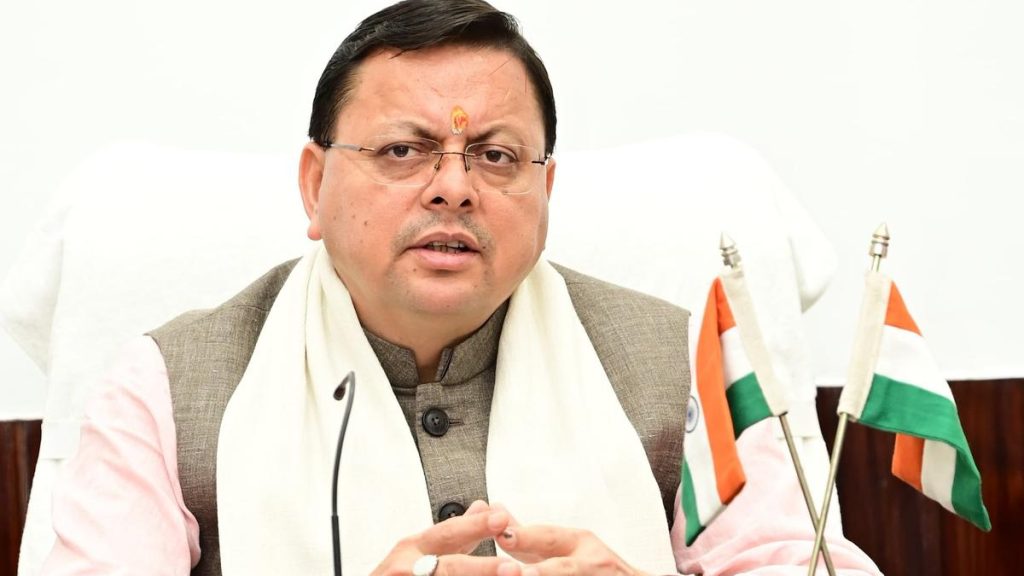Now Reading: AI Tackles Ancestral Bias in Genetic Research
-
01
AI Tackles Ancestral Bias in Genetic Research
AI Tackles Ancestral Bias in Genetic Research
Quick Summary:
- Publication Details: Research published in Nature Biotechnology on April 14, 2025, authored by Iris Marchal.
- Topic: Ancestral bias in genomics data limits precise disease analysis, particularly for non-European populations.
- Development: A machine learning tool named PhyloFrame was introduced to address ancestral bias in transcriptomic data.
- Functionality of PhyloFrame:
– Integrates population genomic data with disease-specific training datasets.
– Uses logistic regression and LASSO penalty for initial identification of genes.
– Employs Enhanced Allele Frequency (EAF) statistics to enrich signatures with ancestrally diverse genes.
– Retrains the model by force-including diversity-aware genes to ensure applicability across all populations.
Indian Opinion Analysis:
This development is significant for India,as it addresses a core issue of underrepresentation in global genomics research-a concern for Indian and other non-European ancestries. by mitigating ancestral bias, tools like PhyloFrame can potentially advance precision medicine tailored toward India’s genetically diverse population. India’s healthcare industry and academic research could benefit immensely from adopting or collaborating on such innovations as they enhance inclusivity and equity in genetic studies. As India holds an extensive repository of unexplored genomic variances due to its heterogeneous ancestry groups, tools like this could help bridge gaps while contributing globally.

























